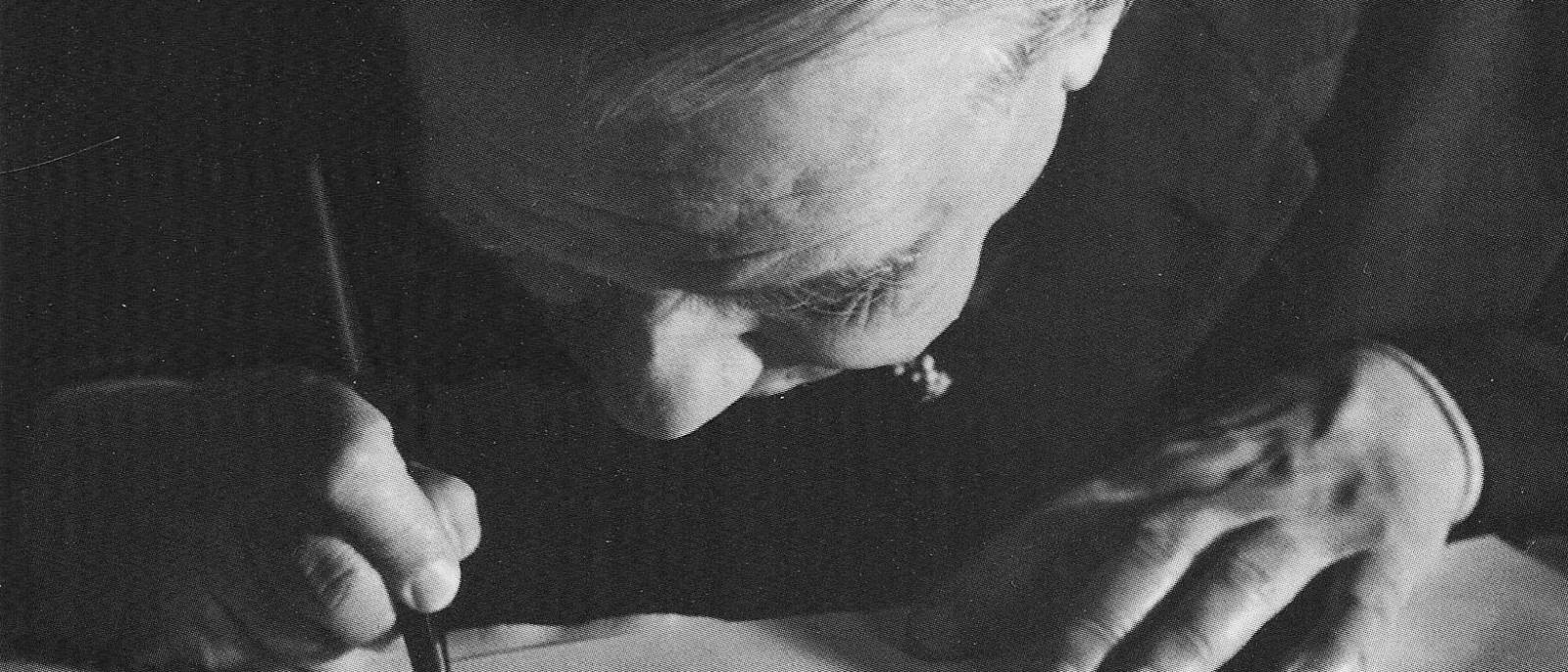16 Tips on Writing, from Jorge Luis Borges
This list is part of a story that was never written, and which emphasizes the whole sense of humor that characterized Borges.
Borges was always careful that his drafts never survived him, so that the researcher would not see his prior steps, his hesitations, and could only compare the first publication with later ones. He delivered his texts with great care, and helped many learn how to write — to break the narrative time, to play with the universal and the individual — but he never taught them how he wrote.
In a special edition of French magazine L’Herne, Adolfo Bioy Casares wrote that, 30 years ago, Borges, himself and Silvina Ocampo planned to write a story set in France whose protagonist was a young writer from the countryside. The story was never written, but Borges left something in that draft: an ironic list of 16 tips on what writers should never include in their books. And although it is blatantly ironic, this list offers a glimpse of the author’s great sense of humor and underscores his pleasure of confronting thesis with antithesis, affirmation with negation.
In literature, one must avoid:
- Interpretations that are too non-conformist of works or of famous personalities. For example, describing the misogyny of Don Juan, etc.
- Partners of personalities who are coarsely dissimilar or contradictory — for example, Don Quijote and Sancho Panza, Sherlock Holmes and Watson.
- The custom of characterizing a person by his madness, for example, as Dickens does.
- Over the course of the story, the technique of extravagant games with time or space, as Faulkner, Borges and Bioy Casares do.
- In poems, situations or characters with whom the reader can identify.
- Characters susceptible of becoming myths.
- Phrases or scenes intentionally attached to a given place or time — i.e., the local environment.
- Chaotic enumeration.
- Metaphors in general, and especially visual metaphors. More specifically, agricultural, sea or banking metaphors. One absolutely unwise example: Proust.
- Anthropomorphism.
- The creation of novels whose storyline is reminiscent of another book. For example, Ulysses by Joyce and The Odyssey by Homer.
- Writing books that resemble menus, albums, itineraries or concerts.
- Anything that can be illustrated. Anything that can suggest the idea of being adapted into a movie.
- In critical essays, all historical or biographical references. Always avoid allusions to personality or the private life of one of the authors in question. Above all, avoid psychoanalysis.
- Domestic scenes in police novels, dramatic scenes in philosophical dialogues. And, finally:
- Avoid vanity, modesty, pederasty, the absence of pederasty, suicide.
Image: Alicia D’Amico, 1963, Grandes Maestros de la fotografia argentina.
Related Articles
Pictorial spiritism (a woman's drawings guided by a spirit)
There are numerous examples in the history of self-taught artists which suggest an interrogation of that which we take for granted within the universe of art. Such was the case with figures like
Astounding fairytale illustrations from Japan
Fairy tales tribal stories— are more than childish tales. Such fictions, the characters of which inhabit our earliest memories, aren’t just literary works with an aesthetic and pleasant purpose. They
A cinematic poem and an ode to water: its rhythms, shapes and textures
Here lies One Whose Name was writ in Water. - John Keats Without water the equation of life, at least life as we know it, would be impossible. A growing hypothesis holds that water, including the
Watch beauty unfold through science in this "ode to a flower" (video)
The study of the microscopic is one of the richest, most aesthetic methods of understanding the world. Lucky is the scientist who, upon seeing something beautiful, is able to see all of the tiny
To invent those we love or to see them as they are? Love in two of the movies' favorite scenes
So much has been said already, of “love” that it’s difficult to add anything, much less something new. It’s possible, though, perhaps because even if you try to pass through the sieve of all our
This app allows you to find and preserve ancient typographies
Most people, even those who are far removed from the world of design, are familiar with some type of typography and its ability to transform any text, help out dyslexics or stretch an eight page paper
The secrets of the mind-body connection
For decades medical research has recognized the existence of the placebo effect — in which the assumption that a medication will help produces actual physical improvements. In addition to this, a
The sea as infinite laboratory
Much of our thinking on the shape of the world and the universe derives from the way scientists and artists have approached these topics over time. Our fascination with the mysteries of the
Sharing and collaborating - natural movements of the creative being
We might sometimes think that artistic or creative activity is, in essence, individualistic. The Genesis of Judeo-Christian tradition portrays a God whose decision to create the world is as vehement
John Malkovich becomes David Lynch (and other characters)
John Malkovich and David Lynch are, respectively, the actor and film director who’ve implicitly or explicitly addressed the issues of identity and its porous barriers through numerous projects. Now










